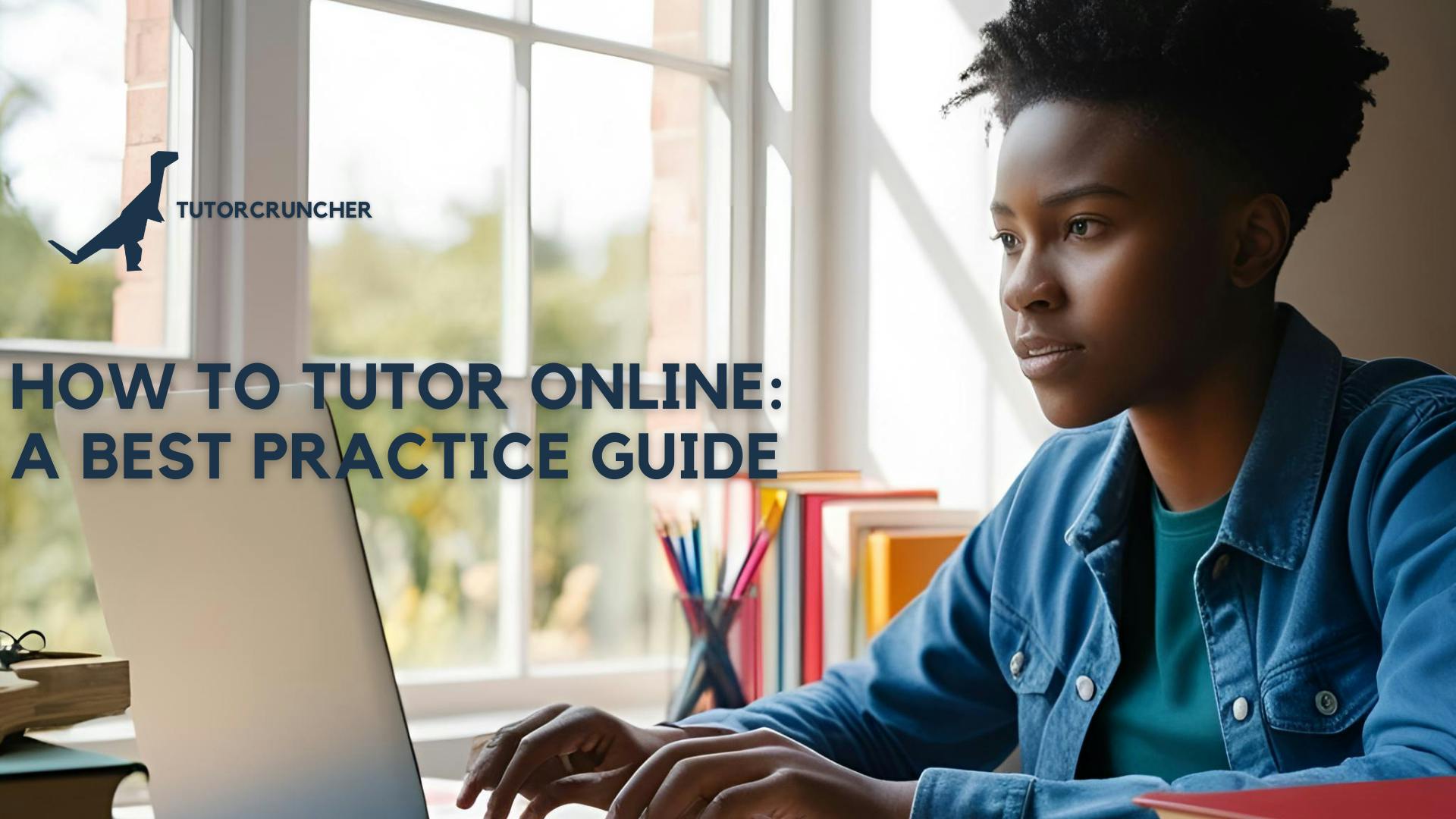
Students of all ages need the right space to study – they require the suitable resources and the right location to do so. Good tutors know that it's not all about retaining the information; learning has a lot to do with how the students feel about learning, too.
That is why creating a positive learning environment can be the key to helping your students achieve their academic goals.
Continue scrolling to find out what you can do to support your students and make them feel as good as possible!
Why is Developing a Positive Learning Environment Important?
Before we jump into the best ways to create positive learning environments, let’s look into why good conditions are so crucial in classrooms and virtual education spaces.
The major benefits of making constructive classroom learning atmospheres include:
- Students will be more likely to help other learners who are struggling, have learning disabilities or are diagnosed with ADHD or autism.
- Leads to an increase in positive interactions between educators, online tutors, students and parents.
- Pupils are increasingly willing to take ownership of their learning experience.
- Can help to set the tone of great work ethic from the first tutoring session or school day.
- Research shows that it can result in better academic performance for students.
The Guide to Creating a Positive Classroom Environment

Learning isn't just cramming the contents of a book into our heads. In reality, a good education is associated more with a positive school environment, where students feel good about themselves.
When the students feel good in the learning space and they have everything they need, it's far easier for them to learn.
Now, there are several things tutors can do to make students feel more positive in their learning space. Please note that this also applies to homes – meaning that parents can create the optimal learning space using these tips, as well!
1. Minimizing Stress Levels
Classroom learning and stress don't go very well together – higher stress levels can affect the student's performance and mental health a lot. So, the goal of the tutor is to help minimize that stress to something more manageable.
Being comfortable in the learning space does help, but some techniques to relieve stress can help immensely.
Also, as a tutor, try to organize enough breaks when the students' focus starts to fade. During the break, some mild exercise or a moderate walk can help the students unwind and feel less stressed, putting them in the right mindset.
2. Playing Engaging Games with Students
Educators, as well as parents, can use various games in the classroom to set the right environment and enforce positive relationships with students. Games can be highly successful in learning because they show students that school and homework isn't all about reading and practicing in the notebook.
You can utilize online whiteboards and interactive quizzes like Kahoot! to make education hands-on. The games used in the classroom have to be aligned with the relevant tutoring strategies.
The goal of these games isn't just making learning and tutoring fun, though. It can be used to get to know each other, and it can benefit critical thinking skills – along with many other personal achievements.
What’s more, this can help tutors and parents have a better insight into the class as a community. If the students are developing positive relationships with one another, it can help create a positive environment for everyone!
3. Picking the Right Snacks

Snacks are a must for the students – they are still growing, and they are hungrier than ever. Learning may be a seated activity, but the brain still spends plenty of calories when the person learns.
Because of the spent calories, students will probably opt for sweet soda, various candy and unhealthy snacks. To create a positive learning environment, communicate with the students and parents about healthy snacks and let your students know how important they are.
Eating various nuts and snacking on fruit can help engage students better in the classroom. Soda should be avoided during learning time because the rise of sugar levels can harm the students' concentration and motivation for studying.
4. Keeping It Consistent
Keeping the classroom, the space and the activities – learning and playing games – at a consistent level can help your students feel safer. Having a consistent environment is a way to let your students know that a classroom is a safe place where they can feel stress-free.
A sound environment doesn't have to be reserved for the classroom when teachers are teaching. It can be great for students and parents at home to keep a stable climate, as that will encourage good behavior, academic success and good communication.
Establishing a positive educational environment encourages achievement, students respond better, they develop their personal skills like being able to communicate well, and they respond better to their own mistakes.
All that can help establish stronger emotional relationships with the teacher and other learners.
5. Making Adjustments to the Physical Environment and Learning Space
Making small, seemingly insignificant adjustments to the learning space can have a tremendous effect on the students' academic performance, especially in the beginning. After extensive research on the effect of the actual environment, it's been concluded that many things can affect the students' learning. Here are a few of the best teaching and online tutoring tips to introduce:
- First, maintaining a comfortable room temperature is key to minimizing distractions. Studies suggest that the optimal learning temperature falls between 68 and 74ºF (23ºC), with a humidity level around 50%.
- Lighting also plays a critical role. Natural light enhances learning, but if that's not possible, blue-enriched light can be a good alternative. Recent studies show that students exposed to natural light improve their reading and math skills by 20% compared to those in less ideal lighting.
- Lastly, reorganizing the classroom layout impacts learning outcomes. Proper desk and chair placement can make a classroom feel more spacious and comfortable. Research indicates that students perform better when seated in clusters or semi-circles rather than traditional rows.
6. Talking & Responding Positively to Improve Student Motivation

Students that get a positive response when their behavior is good are encouraged to follow the rules more often. Getting praised when they do something well or they achieve some success will help them learn better. As a teacher, you can write positive notes, get the students a sticker or a small prize to help the students feel recognized after an achievement.
As a part of the positive response, you must speak their language (a crucial online teaching skill). Be funny, use terms related to their interests, anything to get closer to your students. Using humor to present classroom rules will benefit how the rules are perceived because you're using their language.
7. Encouraging Student Engagement through Collaborative Learning
Collaborative learning fosters active student engagement, making the classroom community more interactive and meaningful. Here’s how to encourage this approach:
- Group Work – Small groups allow students to share ideas, solve problems collectively, and learn from one another’s perspectives.
- Peer Teaching – Students take turns teaching each other, reinforcing their understanding while boosting confidence and communication skills.
- Project-Based Learning – Assign tasks that require teamwork, allowing students to collaborate on real-world problems, leading to deeper understanding and mutual respect.
- Class Discussions – Encourage open discussions where students debate and analyze topics, promoting critical thinking.
8. Asking for Feedback
Take your time to go through them to help your students get to know the rules and learning strategies – and you will be surprised how positive the feedback will be.
Don't get emotional if the students aren't listening to you, but try to make up new, fun strategies to keep them engaged. Establish positive communication and ask for feedback, as it will help you get a better sense of each student and how they feel.
If you are a new teacher for this community, take some time to get to know each student. That will help you organize the right support for them and create a positive student learning environment. At first, you should focus on establishing positive relationships in the community and ensuring your students like you as a teacher.
Creating Positive Learning Environments – Bottom Line

Lastly, the guide above is there to help teachers have better relationships with their students and show how to provide them with the best communication possible given the available resources.
However, with the right mindset from the beginning, teachers encouraging students to communicate about their issues and keeping them engaged in class is the key to setting a positive climate in the classroom. After all, it's not all about research – sometimes the feedback from the students can take you a long way, too!
Focus on your students – and let our tutor management software handle the rest. Sign up for our free TutorCruncher trial today! Feel free to contact us at info@tutorcruncher.com or book a call with one of our sales reps.



